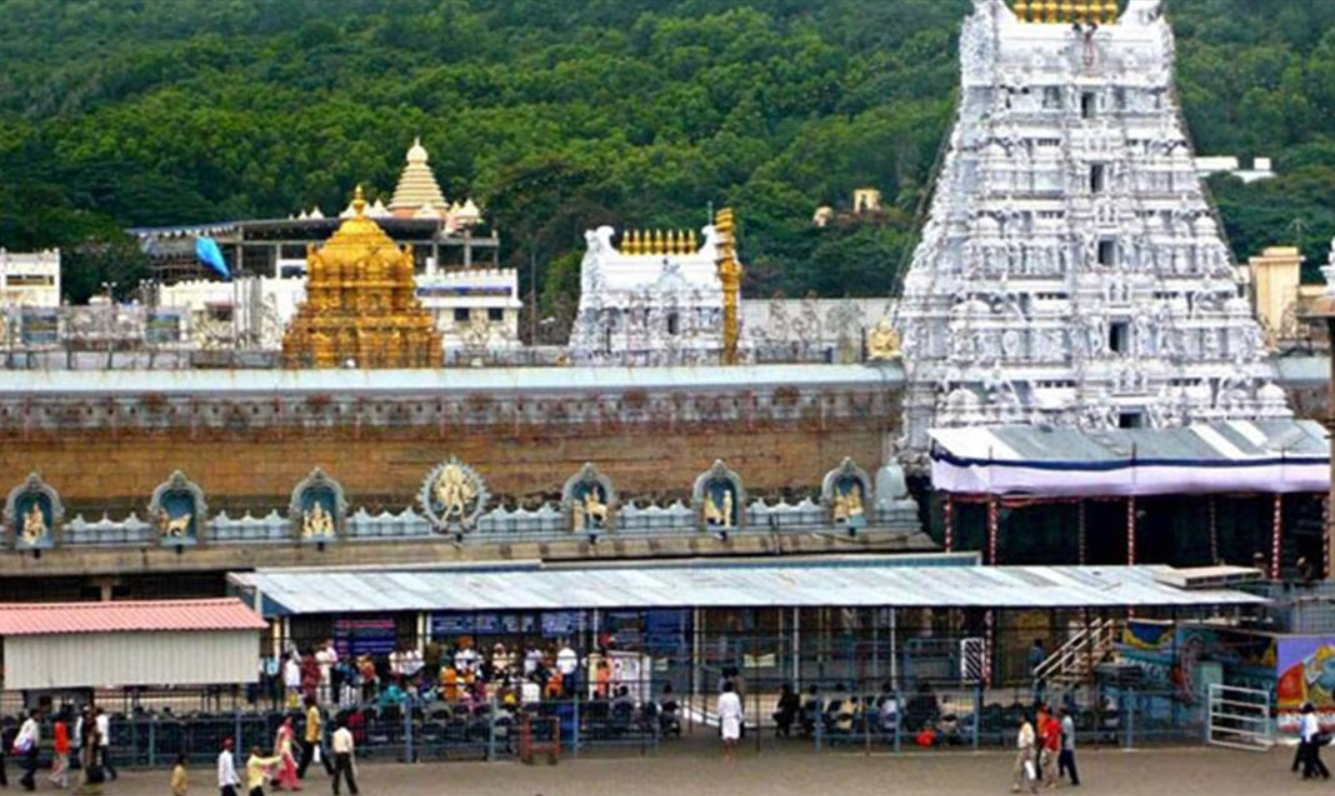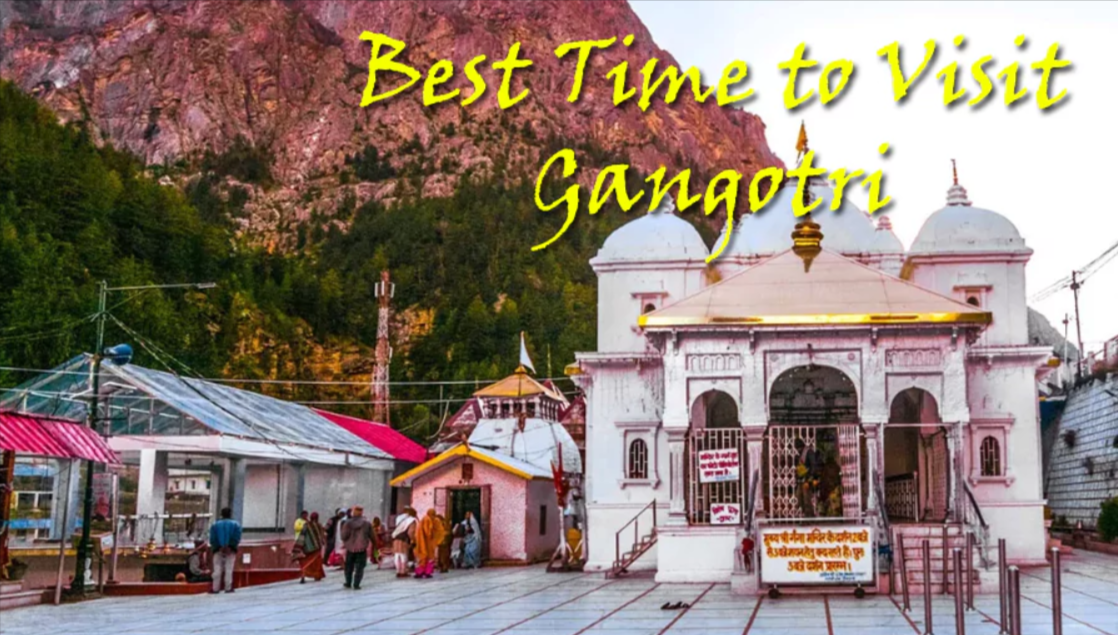Travel
Camp Rules: 5 Essential Things to Bring for Your Beach Camping Trip

We’re only weeks away before the summer solstice, and the magnificent outdoors are screaming. You love to crash on the beach, but also like to go camping? Well, there’s no need to fret because you can do both activities.
Beach camping is perhaps one of the low-key activities you can do this summer. With the crisp sea breeze, changing tides, waves that are more than ready for surfers, and views yearning to get explored, beach camping will surely make your summer worthwhile.
So, are you all set to go beach camping? It may sound like utopia, but it can go the other way around if you didn’t bring the essential items with you. For a little help, listed below are five items that you must carry when beach camping.
Sunscreen: Sun Protection
Keep in mind that when you’re on the beach, your skin becomes highly vulnerable to ultraviolet rays. Shielding yourself from the scorching heat of the sun doesn’t only mean to have a shelter or a shade, it also means to protect your skin by applying sunscreen with high SPF content.
Of course, nobody wants to head home with some sunburn patches or spots on your body and face which normally days or even weeks to disappear. As such, it’s best to apply sunscreen on your entire body to shield your skin against hideous patches.
Therefore, don’t leave your home without bringing sunscreen, as well as SPF lip balm and Aloe vera. Keep in mind to apply sunscreen on your body 45 minutes before you bask under the sun. Re-apply it every one or two hours after sweating or swimming. You can buy high-quality sunscreens at a reasonable price in any online stores such as Deal Wiki.
Camping Gear
Obviously, the very first things you should bring on a camping expedition are your camping gears. Contingent upon on how you’re traveling, you’ll find out what things or gears you can substantially take with you.
Sleeping bags and a tent are the primary items that you’ll need plus some dishes for cooking, and containers for storing food if you’re cooking alone.
Furthermore, if you’re loading in your car, consider bringing some chairs and a table to your campsite to make your stay or trip much more comfortable. But, if you’re backpacking, there’s no need to bring such items.
Essential Clothing
As a rule of thumb, the clothes you pack for your beach camping relies upon on the weather and temperature forecast. So in the summertime, sandals, shorts, tank tops, and t-shirts are adequate. Though, it is also best to bring some warmer clothes, such as sweatshirts and sweatpants, for a cooler temperature.
Even if rain is not in the weather forecast, rain gear like pants, jackets, and hats are also useful clothing pieces to bring. The key to beach camping and other sorts of camping is the comfort. As such, make sure the clothing pieces you intend to wear are not too tight. Also, don’t pack your best clothes, as flickers from the fire can deteriorate them.
Safety Items
By all means, don’t forget to add a first-aid kit to your camping essentials. It should include cotton swabs, band-aids, bandages, safety pins, antibiotic cream, some medicines, and many more.
Also, it’s important to bring extra batteries or power banks for your mobile devices because if by any chance you get lost, you can easily contact someone. Furthermore, it’s wise to bring an emergency blanket that’ll keep you warm when the cold breeze strikes and waterproof matches to initiate campfires.
With the right amount of preparations and plans, you can certainly enjoy or have fun into your beach camping while being prepared for an emergency.
Garbage Bags
Bringing garbage bags is very important. As campers, it’s your job to keep the beach as clean as it was before. You’re responsible for your garbage or trash. Hence, apply the CLAYGO (Clean As You Go) approach.
Of course, it’s no fun to camp on a beach when all you see is trash. Imagine if you’re snorkeling or diving and all you see are garbages instead of rich corals and marine wildlife. That’s certainly a disaster. Thus, clean your trash and make sure to keep it out of the oceans.
Takeaway
Beach camping is an excellent way to enjoy and appreciate what the world has to offer. But to be able to enjoy it to the fullest, you should never forget to bring some essential camping gears to enjoy the great outdoors.
Some of the vital things that you should bring are sunscreen, primary camping gears, necessary clothing, safety items, and of course garbage bags. When you prepare for such trips, you ensure that you enjoy your time without buckles.
Travel
How to Identify Airbus and Boeing Aircraft? Complete Guide

If you glance towards the sky, or take on a plane, you’ll typically see large aircrafts that carry thousands of people. They are mostly owned by the two biggest manufacturers of aircraft worldwide -the Airbus (Europe) and Boeing (USA). Both companies manufacture commercial jets that appear like one another initially. However, with a keen eye, you’ll be able to discern whether an aircraft is Airbus as well as one from Boeing.
What is the difference?
- Travel Enthusiasts: Aviation lovers enjoy spotting different aircraft types.
- Safety and Comfort Certain travelers have preference to Airbus and Boeing models.
- Basic Awareness Being aware of the basic can make air travel more enjoyable.
The key differences between Airbus as well Boeing
Nose Shape
- Airbus Most often, it has a large, bulbous nose that is rounded (looks like an animal face).
- Boeing: Features an more pointed, sharper nostril with a more modern design.
Example Consider: Compare one of the Airbus A320 (round nose) with the Boeing 737 (pointed nose).
Cockpit Windows
- Airbus Windows feature a more straight/square style and include a Vertical window frames.
- Boeing: Windows are more bent and tilted which gives a more sharp appearance.
Aviation spotters frequently say: If the cockpit window appears like “eyebrows,” it’s a Boeing.
Front Landing Gear Door
- Airbus Door to the nose of the aircraft usually displays the model number of the aircraft (like A320, A330).
- Boeing: Generally does not show its model at the door to the landing gear.
Wingtips
- Airbus It uses sharklets or curving vertical fins at the wingstips.
- Boeing: Traditionally used to have blended wingslets (curved upwards). The latest models, like 737 MAX have split winglets designed to look like an “V”.
Engines
- Airbus Airbus engines appear slightly smaller on the bottom due to the clearance from the ground.
- Boeing The engines are generally perfect round but on 737s, they can appear flat in the lower part due to less ground clearance.
Fuselage (Body) Shape
- Airbus The more round and consistent across.
- Boeing: Some models sport an a little more tapered rear fuselage close to the rear.
Tail Design (Vertical Stabilizer)
- Airbus The tails are often more round and are larger.
- Boeing: Tails are typically smaller and taller.
Popular Models to Look Out for
- Airbus A320 Family: Medium- and short-haul aircrafts with a round nose, frequent in airlines such as IndiGo, Air India, and Vistara.
- Boeing 737 Family: Rival to A320 as seen in SpiceJet along with Akasa Air.
- Airbus A350 vs. Boeing 787 Dreamliner: Both are modern, long-haul jets. The A350 is distinguished by an distinctive “masked” view of the cockpit style The 787 sports an more rounded, smoother nose.
Simple Tips for Travelers
- Check out your window of the cockpit first. Square = Airbus Angle = Boeing.
- Take note of The nose It’s round. Airbus and pointed = Boeing.
- Examine the tips of the wing -Curved sharklets are Airbus split or bent winglets = Boeing.
- Take a look at the information about the gate to board The airports generally have the model of the plane (e.g. B737, A320 B787, A320).
The Common Confusions
- Airbus A320 vs. Boeing 737: The most complicated pair. The cockpit window’s shape and the angle of the nose are among the easiest to identify.
- Airbus A350 vs. Boeing 787: Both have advanced designs. Keep in mind that A350 features the black cockpit “mask,” while the 787 has more rounded curves.
The Final Words
The distinction between Airbus or Boeing aircraft isn’t so difficult as you think. If you pay close attention to the shape of the nose and the windows in the cockpit, as well as engines and the wingtips it is easy to discern the difference between them. As time passes frequent flyers develop an sense of spotting subtle differences in a matter of seconds. If you ever take a flight or see one in the sky take these tips and make your friends jealous of your knowledge of aviation!
Travel
Tirupati Balaji Mandir: Darshan time, Normal Fee, VIP Fee and Top Factors That Affect Darshan Time

Tirumala Tirupati Balaji Temple located in Andhra Pradesh is one of the most frequented pilgrimage destinations around the globe. Every every day, thousands of worshippers are attracted to the shrine to pray for the blessings from Lord Venkateswara. One of the most common questions many people ask is” “How many hours is required for Tirupati darshan?” The answer is contingent on the kind of darshan, the crowd size and the time when you visit.
Standard Time of Tirupati Darshan
Darshan’s duration can vary between 2 up to 20+ hours according to the category of darshan you select:
| Typ of Darshan | ticket Cost | Average Darshan Time |
| Sarva Darshan (Free Darshan) | Free | Between 8 and 20 hours (or longer in the case of celebrations) |
| Special Entry Rs300 Darshan (Seegra Darshan) | Rs300 per person | Between 2 and 4 hours |
| Divya Darshan (Footpath Walk Alipiri, and Srivari Mettu)** | Free | Between 6 and 10 hours |
| VIP Break Darshan (Recommendation Letter / Protocol) | Variable | Between 1 and 2 hours |
An In-depth Explanation of Each Darshan Type
1. Sarva Darshan (Free Darshan)
- This is the simplest darshan that is free of charge.
- On a normal day on a normal day, it can take 8 to 12 hours.
- On holidays, weekends and even festivals such as Brahmotsavam the wait duration can be as long as twenty to thirty hours.
- Devotees are required to sit in long lines and wait in separate areas.
2. Special Entry of Rs300 Darshan
- It is the most sought-after and efficient option.
- Ticket costs $300 per ticket and tickets must be booked online on TTD’s official website. TTD site.
- The average darshan time is 2 – 4 hours dependent on the crowd.
- The best for families, older individuals, or those who need faster darshan.
3. Divya Darshan (For Walking Pilgrims)
- The devotees who walk from Alipiri (11 km) or Srivari Mettu (2.1 km) are given special entry tokens.
- It typically takes about 6 to 10 hours which includes trekking and wait time.
- Darshan is offered for free and is loved by many devotees due to its significance in the spiritual realm.
4. VIP Break Darshan
- The VIP room is available to ministers, officials from the government and individuals with recommendation letters from authorities higher up.
- Darshan time is incredibly fast, typically between 30 and two hours.
- Devotees must follow a proper dress code (dhoti/saree/traditional wear).
Factors that Affect Darshan Time
| Factor | Effect On Darshan Time |
| Day of Visit | Festivals and weekends are usually more than crowded |
| Season | The holidays of summer and New Year’s Eve Vaikunta Ekadashi are peak seasons. |
| Time Slot | Early morning darshan takes less time |
| Festivals & Events | Brahmotsavam and Rathotsavam both increase the waiting time |
| Seniors / Disabled Services | TTD offers darshan facilities for seniors and differently-abled individuals. |
Tips to Cut Down the Time You Wait
- Get Rs300 Special Entry Darshan tickets ahead of time
- Avoid public holidays, weekends and during festival hours.
- Select early morning times (3 am – 7:15 AM)
- Utilize Sheegra Darshan Senior Citizen Darshan or Divya Darshan If applicable
- Keep up-to-date via on the TTD official website or the Mobile App
Conclusion
The duration for Tirupati darshan ranges between 2 hours and 20 hours, depending on the kind of darshan you want to experience and the number of people. If you are looking for a faster experience, the Special Entrance Darshan is the most suitable option. Darshans that are free can take a long periods of time, but it is highly regarded by many devotees because of its spiritual significance.
Travel
Best Time to Visit Gangotri (Uttarakhand)

Gangotri is one of four Char Dham pilgrimage centers in Uttarakhand (India). It’s a peaceful and spiritually significant place for nature lovers and devotees alike. Gangotri, located at 3,100 meters above sea level in the Garhwal Himalayas offers stunning views of snow-capped mountain ranges, lush valleys and cascading falls. It’s important to pick the right time of year for your trip, because Gangotri has a variety of weather conditions.
Gangotri Summer (April to June)
Summer, between April and June, is the ideal time to visit Gangotri. The weather during this time is ideal, with temperatures between 10degC and 20degC. This makes it perfect for trekking and sightseeing. Around late April or early may, the temple doors will open to mark the beginning of pilgrimage season. The clear skies, lush greenery and blooming flowers provide the perfect backdrop for spiritual exploration and activities. The summer is the best time for trekkers to tackle the difficult journey up to Gaumukh glacier, which is the source of Ganges.
Gangotri during the Monsoon season (July-September)
Gangotri receives heavy rain during the monsoon, which lasts from July to September. Travel is difficult and dangerous in the region due to the risk of landslides. Trekking can be dangerous due to the increased water level in the river. The rain can transform the landscape to a lush green oasis, and the falls become more powerful, adding beauty to the area. It is important to check the weather and road conditions before you travel during monsoon season.
Gangotri Autumn (September – November)
The autumn, between late September and early November, is also a great time to visit Gangotri. Rains have stopped, allowing the landscape to be refreshed and rejuvenated. Temperatures range between 5degC and 15degC during this time, which makes the weather comfortable. The temple is open and there are fewer people than during the summer peak season. This allows for a more serene and peaceful environment to worship and explore. Autumn is a great alternative to summer because of the crisp mountain air and clear skies.
Gangotri Winter (November to February)
Due to the heavy snowfalls and temperatures that can fall below -5degC, Gangotri cannot be accessed during winter, between November and March. During this time, the temple is closed and the idol is taken to Mukhba (a village near Harsil) for worship. The roads leading to Gangotri can be blocked by heavy snowfall and harsh weather conditions. Harsil, a nearby destination, offers a peaceful atmosphere and snow-covered landscapes for those who want to experience the Himalayan winter beauty.
The conclusion of the article is:
Gangotri’s best months to visit are the months between April and June in the summer, or September to November in the fall. The best time to visit Gangotri is during the summer months of April to June and in the autumn months of September to November. These seasons are characterized by pleasant weather conditions, clear skies and safe travel conditions. Choose the best time to visit Gangotri, whether you’re visiting for a spiritual pilgrimage, hiking, or just to enjoy the tranquil environment.
-

 Entertainment7 years ago
Entertainment7 years agoDownload Hindi Mp3 Songs
-

 Business8 years ago
Business8 years agoHow payday loans are becoming the preferred mode of choice
-

 SEO & Digital Marketing7 years ago
SEO & Digital Marketing7 years agoGenerate More Views on Your Instagram Profile with Cool Graphic Designs
-

 Auto6 years ago
Auto6 years agoWhat are Some Budget Friendly Bikes in India?
-

 Entertainment7 years ago
Entertainment7 years agoTips and tricks for safe winching
-

 Entertainment7 years ago
Entertainment7 years agoHow might Super Hero Thor going to help other Avengers in the Avenger4?
-

 Entertainment7 years ago
Entertainment7 years agoAmusement and Water Parks to Visit in Delaware
-

 Entertainment7 years ago
Entertainment7 years agoTop Websites To Download Bollywood Songs And Music Free Online













